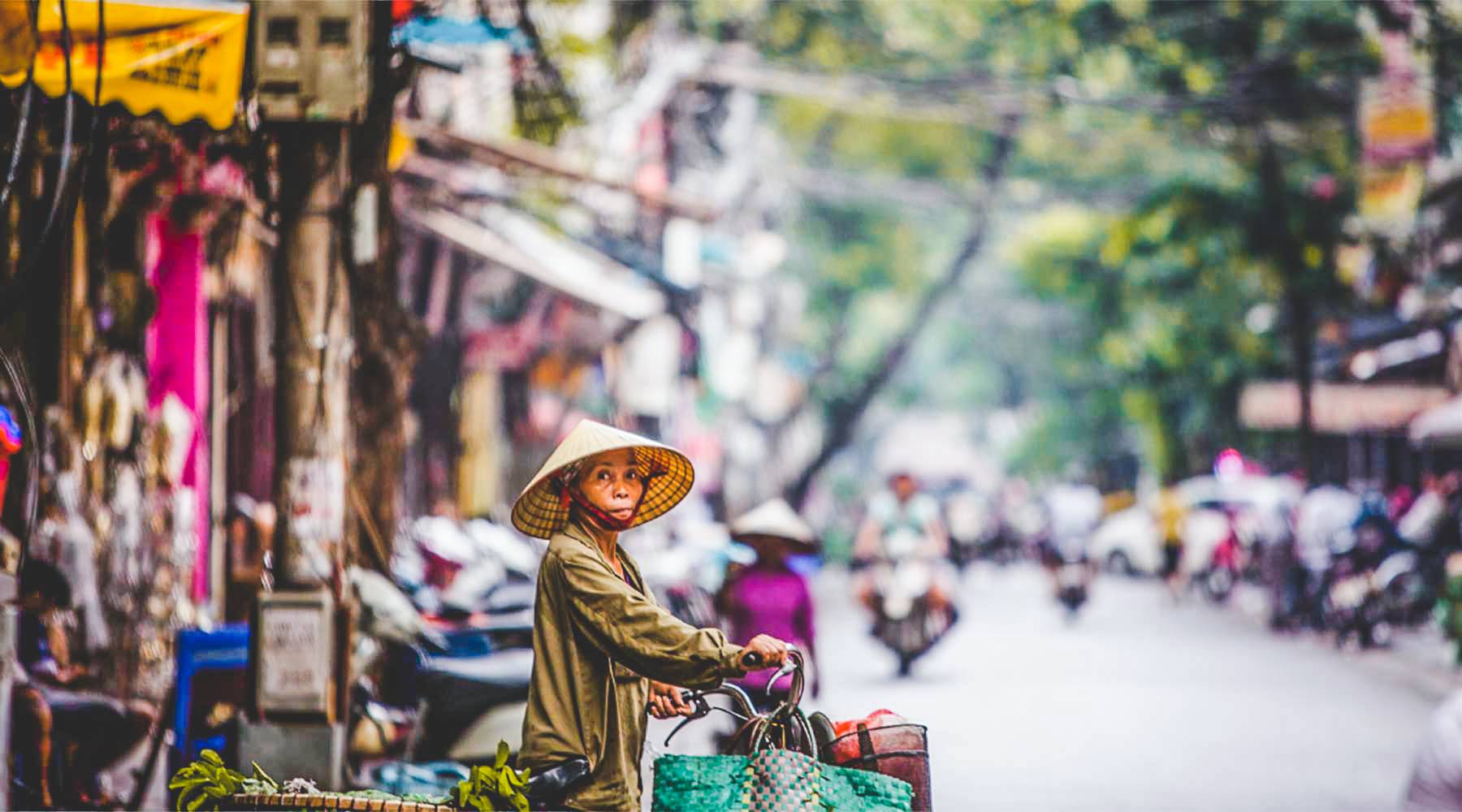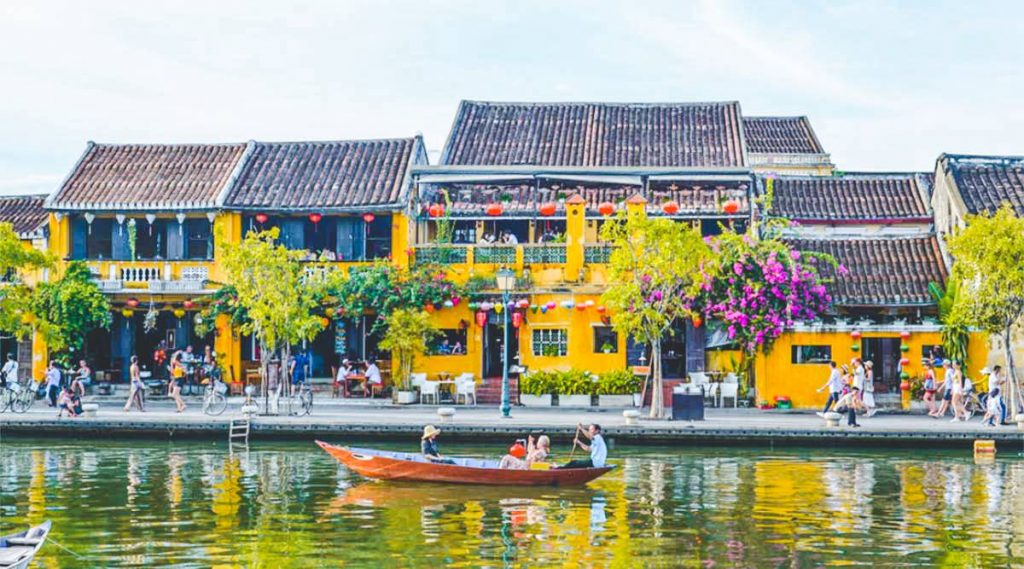Top Vietnam Culture: A Journey Through Its Rich Heritage
Vietnam’s culture is a tapestry woven with centuries of history, tradition, and diverse influences. From its ancient roots to the modern-day fusion of local and global trends, Vietnam’s culture is one of the most vibrant in Southeast Asia. This article delves into the top aspects of Vietnamese culture, offering a closer look at the country’s festivals, traditional practices, and artistic expressions.
1. The Heart of Vietnamese Culture: Tradition and Family
Family is the cornerstone of Vietnamese society. In Vietnam, the concept of family extends beyond the nuclear family, encompassing a wide network of relatives. This strong emphasis on family is reflected in daily life, from the respect for elders to the importance of community bonds.
Vietnamese culture is deeply influenced by Confucian values, which stress filial piety, respect for authority, and the importance of harmony within society. These values manifest in the way people interact and live together, creating a sense of unity that’s palpable in both urban and rural areas.
“In Vietnamese culture, the family is the foundation upon which everything else is built.”
This connection between family and culture is not just a social construct but is also embedded in Vietnamese art, rituals, and festivals, which are often celebrated together as a family unit.

2. Festivals: Celebrating Vietnam’s Rich Traditions
One of the most prominent aspects of Vietnamese culture is its festivals. These festivals are not just celebrations, but also a way to preserve and pass down traditions from one generation to the next. Some of the most famous festivals include Tet Nguyen Dan (Lunar New Year), Mid-Autumn Festival, and Hue Festival.
Tet Nguyen Dan (Lunar New Year)
Tet is the most important holiday in Vietnam, marking the start of the lunar new year. The entire country comes alive with fireworks, traditional foods, and vibrant colors. Families gather to honor their ancestors, wish for prosperity, and spend quality time together.

Mid-Autumn Festival
Held on the 15th day of the 8th lunar month, this festival is a time for families to come together and enjoy mooncakes, a traditional sweet treat. The festival is particularly beloved by children, who often participate in lantern parades.
Hue Festival
This festival celebrates the cultural heritage of Vietnam’s former imperial capital, Hue. It showcases traditional music, dance, and performances, providing a window into the country’s royal history.
3. Cuisine: A Taste of Vietnam’s Diversity
Vietnamese cuisine is an essential part of the country’s cultural identity. Known for its bold flavors and fresh ingredients, Vietnamese food is a perfect reflection of the nation’s diversity.
From pho, the iconic noodle soup, to banh mi, a fusion of French and Vietnamese influences, each dish tells a story of Vietnam’s rich history. The use of fresh herbs, vegetables, and spices makes the food both healthy and delicious.
Popular Vietnamese Dishes
-
Pho: A fragrant noodle soup made with beef or chicken.
-
Banh Mi: A crispy baguette stuffed with meats, vegetables, and herbs.
-
Goi Cuon: Fresh spring rolls filled with shrimp, herbs, and rice noodles.
Vietnamese cuisine is much more than just food – it’s a reflection of the country’s people, geography, and history. The regional differences in the cuisine showcase the diversity within Vietnam, from the sweet and sour flavors of the south to the salty and spicy dishes of the north.
4. Traditional Art Forms: From Painting to Performing Arts
Vietnam’s artistic traditions date back thousands of years and are still prevalent today. Vietnamese art encompasses everything from painting and sculpture to music and dance. Each art form is a reflection of the country’s history and deep connection to nature.
Water Puppetry
One of the most unique forms of Vietnamese art is water puppetry. This ancient performance art has been a part of Vietnamese culture for over a thousand years and is still performed at festivals and cultural events. The puppets are controlled by puppeteers standing in waist-deep water, creating an enchanting performance.
Traditional Music and Dance
Vietnamese traditional music includes a wide variety of instruments such as the dan bau (a monochord instrument) and the dan tranh (a zither). The music often tells stories of Vietnam’s past and its people’s connection to nature.
Traditional dance is also an important part of Vietnamese culture. The dances often reflect the country’s agricultural roots, mimicking the movements of nature, such as planting rice or fishing.

5. Vietnamese Architecture: A Blend of Tradition and Modernity
Vietnam’s architecture is another key element of its cultural heritage. From the ancient temples and pagodas to the colonial French-style buildings, the architecture tells a story of the country’s evolving history.
Ancient Temples and Pagodas
Temples and pagodas play an important role in Vietnamese culture, as they are places of worship, reflection, and community gatherings. Some of the most famous include the One Pillar Pagoda in Hanoi and the Tran Quoc Pagoda by West Lake.
French Colonial Architecture
The French influence on Vietnam’s architecture is particularly evident in cities like Hanoi and Ho Chi Minh City. Colonial buildings, with their grand facades and intricate details, stand as a testament to the historical relationship between Vietnam and France.
6. The Language: Vietnamese as the Cultural Connector
The Vietnamese language is another important aspect of the country’s culture. The language has undergone significant evolution, influenced by various historical events and foreign languages. Today, it is written using the Latin alphabet, thanks to French colonial influence.
Vietnamese is a tonal language, meaning that the pitch or intonation used when saying a word can change its meaning. This linguistic feature adds depth and beauty to the language, making it uniquely challenging and beautiful to learn.
“Language is the thread that connects a nation’s past, present, and future.”
The language is also closely tied to Vietnamese identity, as it reflects the values and history of the people. It is spoken not only in Vietnam but also by Vietnamese communities around the world.
7. Modern Influences on Vietnamese Culture
As Vietnam continues to modernize, its culture is evolving, blending traditional values with global influences. From fashion to entertainment, the modern Vietnamese generation is shaping a new cultural landscape that still honors its roots.
Vietnamese Fashion
In recent years, Vietnamese fashion has gained international recognition. Young designers are blending traditional elements with modern styles, creating a fusion that is uniquely Vietnamese.
Pop Culture
The rise of K-pop and Western influences has led to the growth of Vietnam’s pop culture scene. Music, film, and social media are playing a significant role in shaping the younger generation’s cultural identity.
FAQs about Vietnamese Culture
What is the most important festival in Vietnam?
The most important festival in Vietnam is Tet Nguyen Dan (Lunar New Year), which marks the beginning of the lunar new year and is celebrated with family gatherings, feasts, and cultural rituals.
What are the traditional foods of Vietnam?
Traditional Vietnamese foods include pho, banh mi, goi cuon (fresh spring rolls), and com tam (broken rice). These dishes are often characterized by fresh ingredients and a balance of flavors.
How is family viewed in Vietnam?
Family is considered the most important aspect of life in Vietnam. It is deeply respected, and the bond between family members is strong. Elders are particularly revered, and family gatherings are central to Vietnamese culture.
Conclusion
Vietnam’s culture is an intricate blend of ancient traditions and modern influences. Whether it’s the festivals, the cuisine, the art, or the architecture, each aspect of Vietnamese culture tells a unique story. The family values, the spiritual practices, and the artistic expressions all contribute to a rich cultural heritage that is celebrated and preserved to this day. Exploring Vietnam’s culture is a journey that offers endless opportunities to learn, appreciate, and connect with a country that has a deep and fascinating history.
